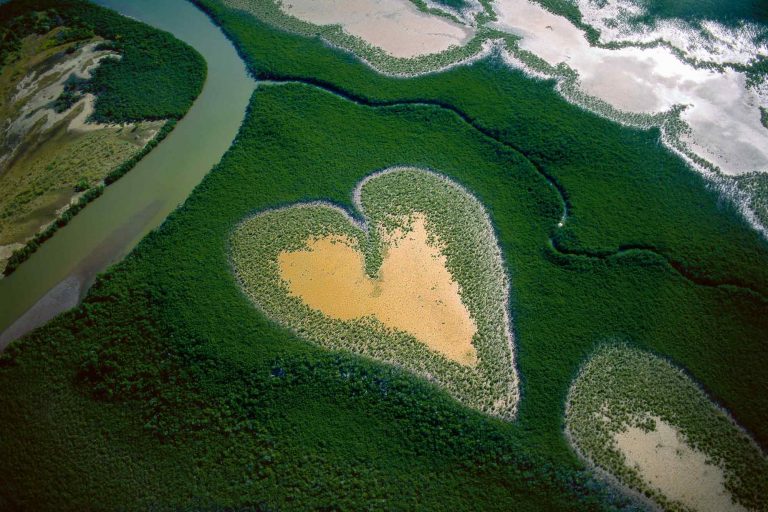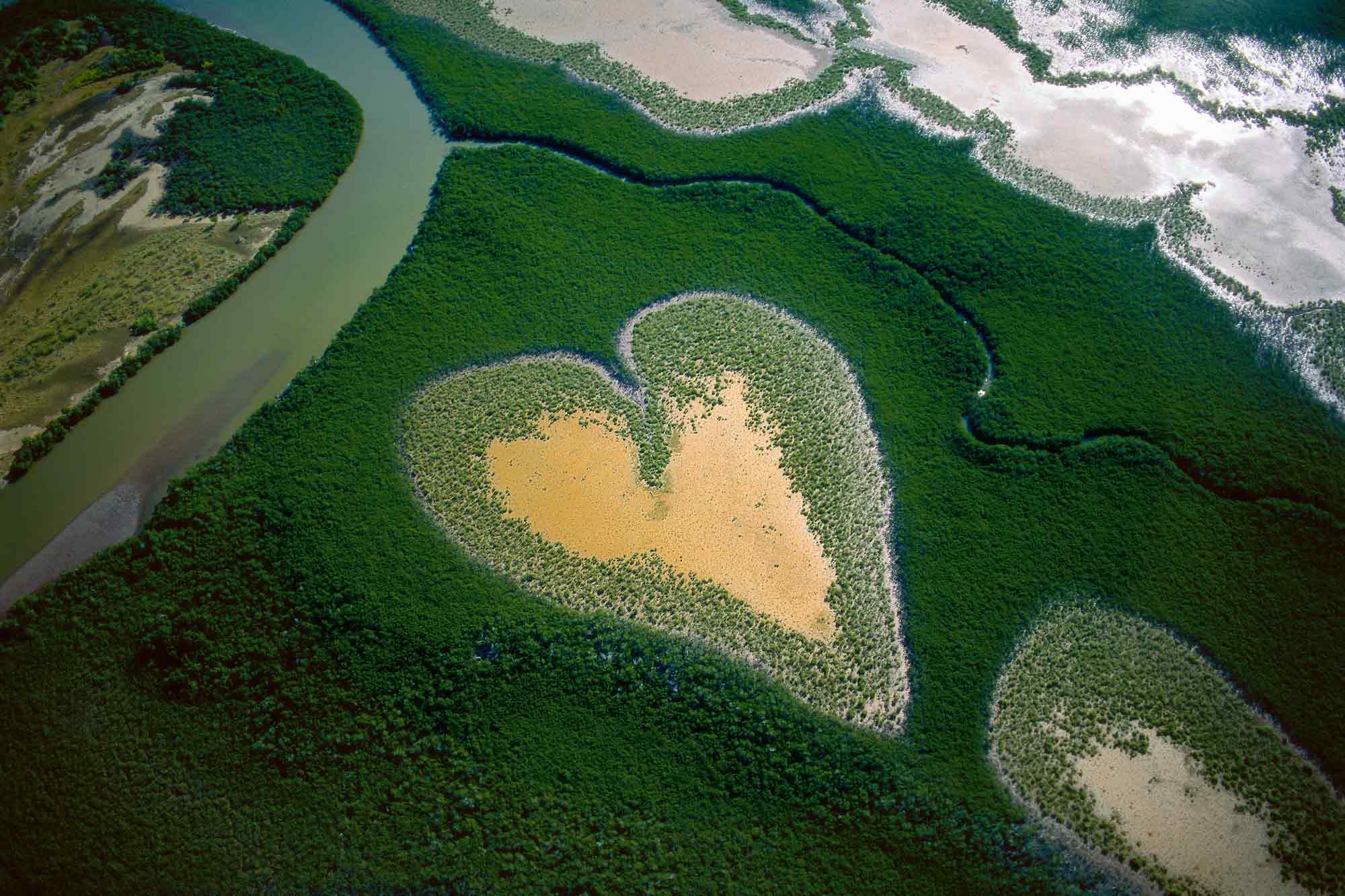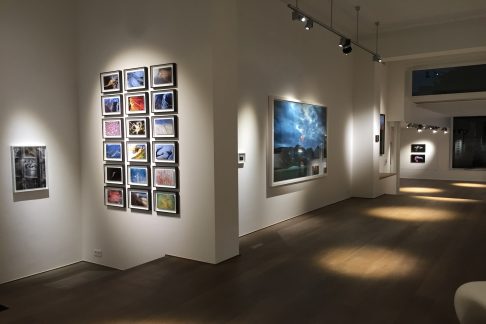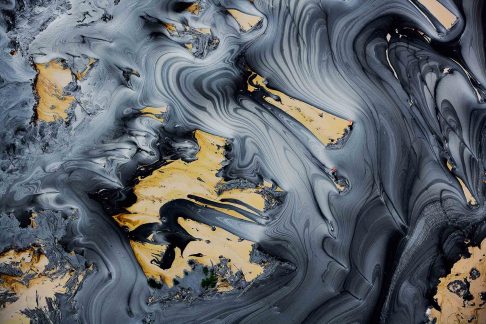Mangrove swamps are aquatic and terrestrial tropical forests and develop on silt soil exposed to alternating tides. They are made up of various halophyte (or salt-tolerant plants), with a predominance of mangroves, that cover nearly a quarter of tropical coasts and 37 million acres (15 million hectares) in the world. This fragile environment recedes continually before overexploitation, agricultural expansion and urban development of shrimp farming and pollution.
However, the mangrove swamp is indispensable to the marine animal-life and to the balance of the seashore, as well as to the local economy. New Caledonia, a group of islands in the Pacific which is spread over 7.170 square miles (18.575 square kilometers), has 77 square miles (200 square kilometers) of mangrove that is quite low (25 to 33 feet high or 8 to 10 meters) but very dense, especially on the Western coast of the largest island, Grande-Terre.
Inland, where sea water only penetrates during Spring tides, vegetation is sometimes replaced by naked and over-salted stretches of land, called tanne, like near the town of Voh where nature has drawn this glade in the shape of a stylish heart.
THE PHOTO
Taken in 1992, It is a silver photography. His original slide is stored by the Yann Arthus-Bertrand Studio in Paris.
THE PRINT
Original work by Yann Arthus-Bertrand. The prints are made exclusively by the Yann Arthus-Bertrand Studio in Paris under the control of the artist himself.
Original Edition Signed and Numbered
Prints ordered without frames include a white border
- Format 1, 2 & 3 = 2 cm of white border around the image
- Format 4, 5 = 4 cm of white border around the image
- Format 6 = 5 cm of white border around the image
Digital print made by the Yann Arthus-Bertrand Studio. Canon IPF 9400 Ink-jet printer, pigmentary ink, printing on acid free 100% cotton fibre paper (Museo Silver Rag)
>> voir des tirages dans l’Atelier YAB




